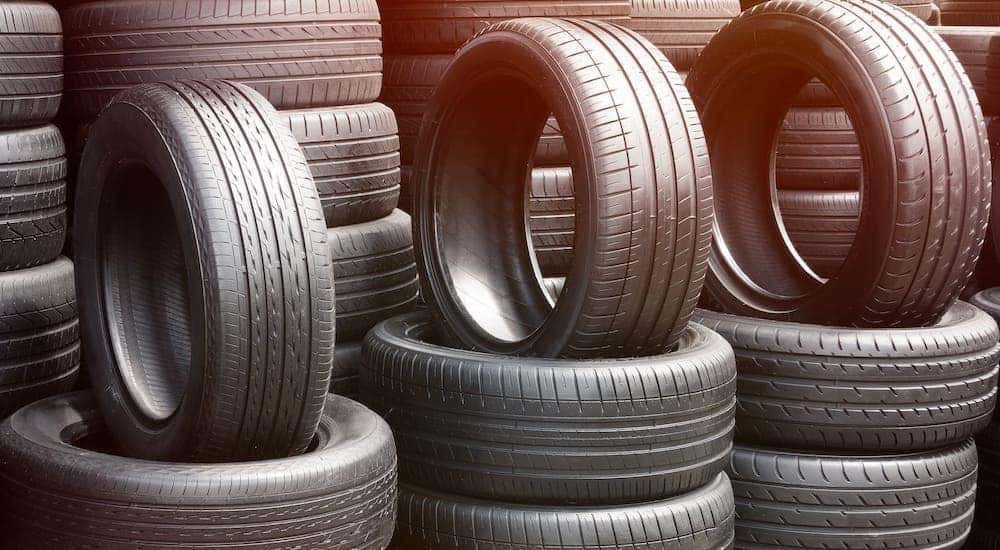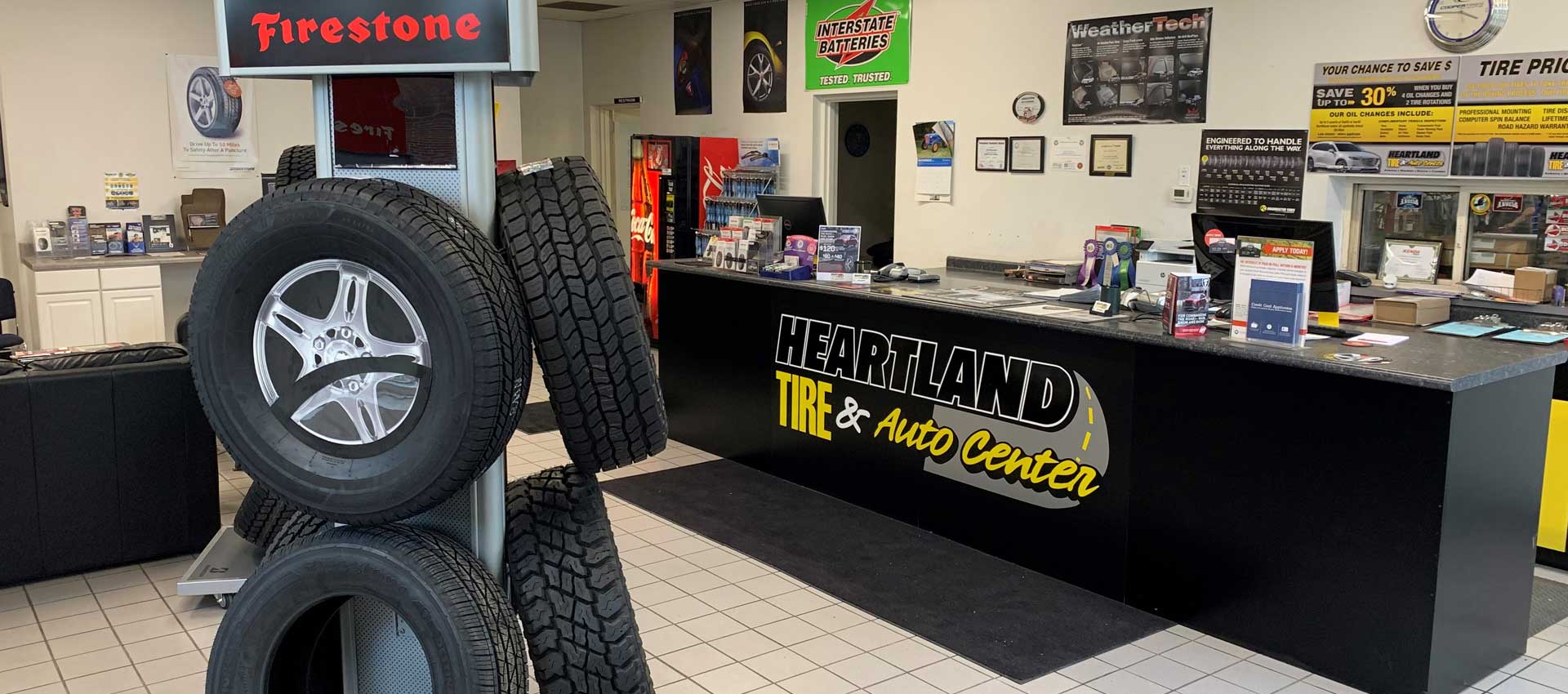Get Expert Tire Services at Tire Shop Morris: Satisfaction Guaranteed
Wiki Article
Tire Solution: Comprehending Tire Pressure Tracking Equipments
Understanding Tire Pressure Surveillance Systems (TPMS) is a crucial element of keeping optimal car efficiency and safety when driving. With innovations in automotive innovation, TPMS has actually come to be a basic function in modern-day vehicles, offering real-time info on tire stress degrees. Diving deeper into the ins and outs of TPMS, one can discover the numerous parts that make up this system and the importance of each in making sure exact surveillance. From straight to indirect TPMS systems, the landscape of tire pressure monitoring is diverse, each with its unique set of factors to consider and benefits. Stay tuned to decipher the complexities of TPMS, from maintenance suggestions to the indisputable benefits of maintaining your tires appropriately pumped up. tires morris il.
Significance of TPMS
The importance of Tire Pressure Surveillance Solutions (TPMS) lies in their capacity to improve car safety and efficiency with real-time monitoring of tire stress levels. Maintaining the proper tire pressure is essential for ensuring optimal handling, stopping, and overall safety and security of a car. TPMS provides vehicle drivers with instant feedback on any type of underinflated or overinflated tires, enabling timely adjustments to be made.
Parts of TPMS
Sensors are typically situated in the tire valve stem or connected to the wheel assembly, where they gauge tire pressure and send data to the control component. Some advanced TPMS versions also present the actual tire stress readings for each tire, giving chauffeurs with real-time details to make sure optimal tire performance and safety and security. By keeping an eye on tire pressure constantly, TPMS helps stop crashes, decreases tire wear, and boosts fuel performance, making it an essential part for vehicle security and performance. morris tire and alignment.
Kinds Of TPMS

On the other hand, indirect TPMS counts on the car's wheel speed sensors to keep track of tire pressure. This system discovers underinflation by contrasting the rotational speeds of the wheels. Indirect TPMS is less costly than direct TPMS, as it utilizes existing sensors within the vehicle.
While straight TPMS supplies extra exact analyses, indirect TPMS is less complex in design and generally requires less maintenance. Both systems have their restrictions and advantages, and the choice in between them usually relies on variables such as expense, automobile make, and personal preference. Recognizing the distinctions between these two kinds of TPMS can aid automobile owners make informed decisions regarding tire upkeep and security.
TPMS Maintenance Tips
Conduct regular checks on the tire stress degrees and contrast them with the TPMS analyses to guarantee they are regular. Throughout tire turning or substitute, make certain that the TPMS parts are mopar tire service specials taken care of carefully to prevent any potential damage. If the TPMS warning light illuminates on the control panel, address the issue promptly by examining the tire stress and the total system for any type of faults.Benefits of Proper Tire Stress
Keeping correct tire stress, as highlighted in TPMS Upkeep Tips, is vital for gaining the many advantages related to optimal tire stress degrees. One of the primary advantages of keeping the right tire pressure is improved fuel performance. When tires are appropriately pumped up, there is less moving resistance, causing much better fuel economy. Furthermore, proper tire stress makes sure even tire wear, extending the life-span of the tires and promoting more secure driving problems. With the best tire stress, automobiles also have far better handling and traction, specifically in negative weather. This can enhance total driving performance and safety and security for the motorist and passengers. Preserving optimum tire pressure can add to a smoother and much more comfy ride by minimizing vibrations and noise created by underinflated tires. To conclude, the advantages of correct tire pressure go past simply tire longevity; they incorporate boosted fuel effectiveness, boosted safety, much better lorry performance, and general driving convenience.Verdict
Finally, understanding tire pressure monitoring systems (TPMS) is important for preserving ideal tire stress and making certain lorry safety and security. By recognizing the importance of TPMS, recognizing with its components, knowing the different types available, adhering to proper maintenance ideas, and understanding the benefits of maintaining proper tire stress, vehicle drivers can boost their driving experience and lengthen the life expectancy of their tires. Appropriate tire pressure is key to effective and risk-free car operation.
Report this wiki page